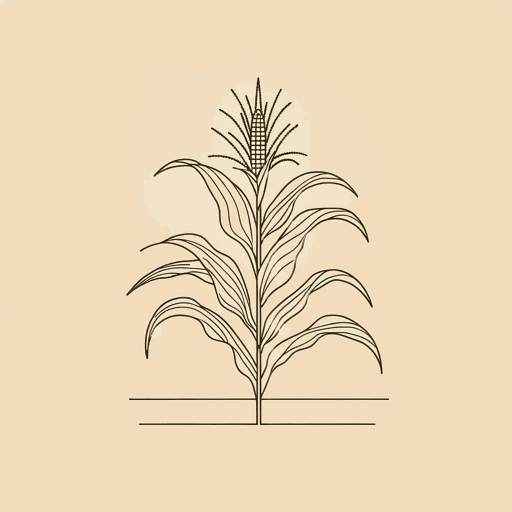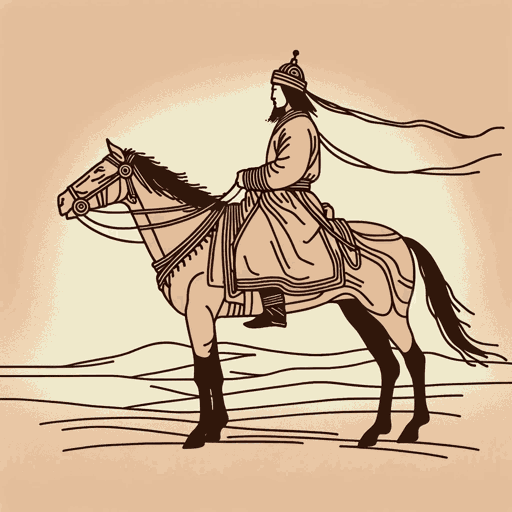40 pages • 1 hour read
Jack WeatherfordIndian Givers: How the Indians of the Americas Transformed the World
Nonfiction | Book | Adult | Published in 1988A modern alternative to SparkNotes and CliffsNotes, SuperSummary offers high-quality Study Guides with detailed chapter summaries and analysis of major themes, characters, and more.
Symbols & Motifs
Potosí
Weatherford opens Chapter 1 with a day in the life of Rodrigo Cespedes, a native who works in the silver mine of Potosí. There, the deep mining of the mountain Cerro Rico represents a powerful literal and metaphorical act. The Europeans used Indian slave labor to strip mine their sacred mountain, stealing a material to which they had arbitrarily assigned value; the Indians did not hoard precious metals but used them for religious and aesthetic purposes (7). The mining activities left the mountain pockmarked and ugly, a pile of rubble where native women are “forced to scavenge from the garbage of their ancestors” (18). Even this exhausted pile of refuse—an artificial mountain called Huakajchi, or “the mountain that cried”—is now being picked over for more. This reflects the continued colonial plundering of every source of Indian wealth: their knowledge, their land, and even their lives.
For Weatherford, the wealth provided by Potosí represents the launching point for the many evils that followed. It provided the raw money necessary to create the capitalist system, and from there, a corporate culture that continues to oppress lower-class white people and natives alike. Weatherford returns to Potosí several times throughout Indian Givers, underlining its significance.
Related Titles
By Jack Weatherford


